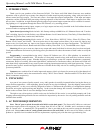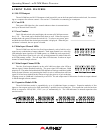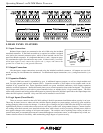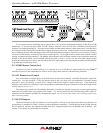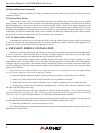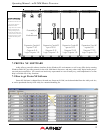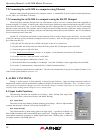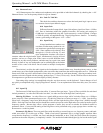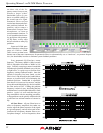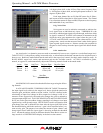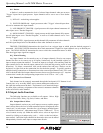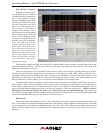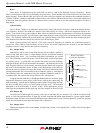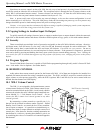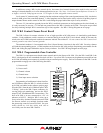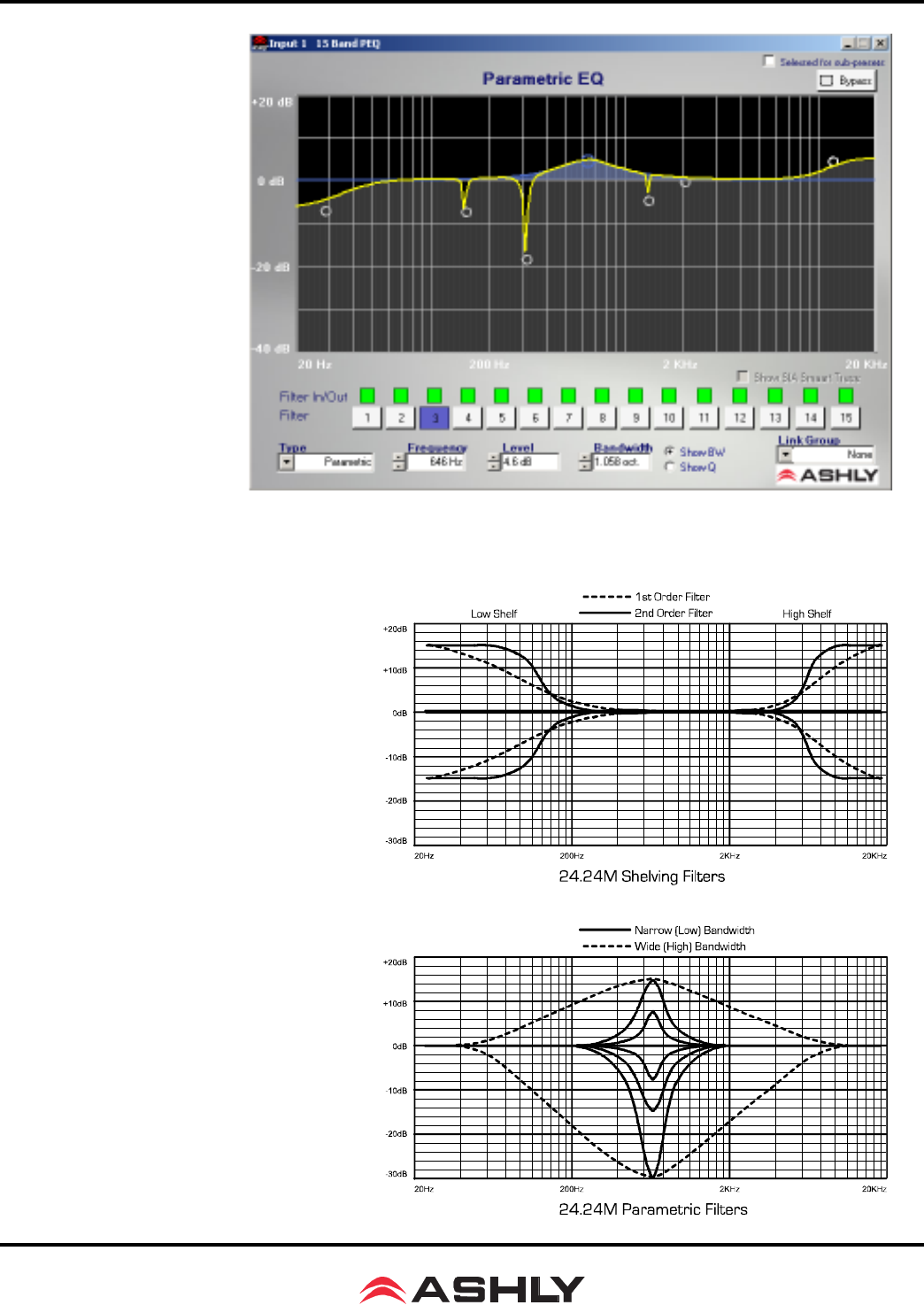
Operating Manual - ne24.24M Matrix Processor
12
on either side of the fre-
quency center is boost or cut,
whereas a larger "wider"
bandwidth (lower Q) pro-
duces an audible change to
the overall tone of a signal.
Parametric filters are best
used to hunt down and elimi-
nate problem feedback fre-
quencies, add or remove a
characteristic "hot spot" from
microphones, or clean up
room resonance situations. It
is well worth the time becom-
ing proficient with paramet-
ric EQ filters, as they offer
the best solution to many EQ
problems.
Protea ne24.24M para-
metric filters have a boost/cut
range of +15dB to -30dB.
There is more cut than boost
because one of the more common uses for parametric filters is to dramatically cut, or "notch out", very narrow frequen-
cies (low bandwidth) in order to eliminate system feedback problems.
Every parametric EQ filter has a center
frequency. The factory default is 1kHz, but each
filter is adjustable from 20Hz to 20kHz in 1Hz
steps. Carefully sweeping a narrow bandwidth
filter through a problem feedback area, with just
a slight boost, is a quick way to find the exact
frequency causing feedback trouble. Once the
offensive frequency has been found, cut the
filter's level, and then adjust the bandwidth as
narrow as possible while still eliminating the
feedback problem. Bandwidth is adjustable
from about 1/64 octave to four octaves, and the
lower the bandwidth (higher Q), the less audible
the filter action will be. Finding the problem
frequency is relatively easy, but finding the best
combination of cut and bandwidth takes a little
practice. Again, it is well worth the time get-
ting comfortable with the notching procedure,
so that problems can be quickly addressed with
a sufficient but minimal amount of corrective
EQ.
All Pass filters: All pass filters have no
effect on frequency amplitude, but rather are
used to adjust the phase response of the signal
at a given frequency, and are often used in con-
junction with a frequency-domain filter to cor-
rect phase changes. At low frequencies, there



